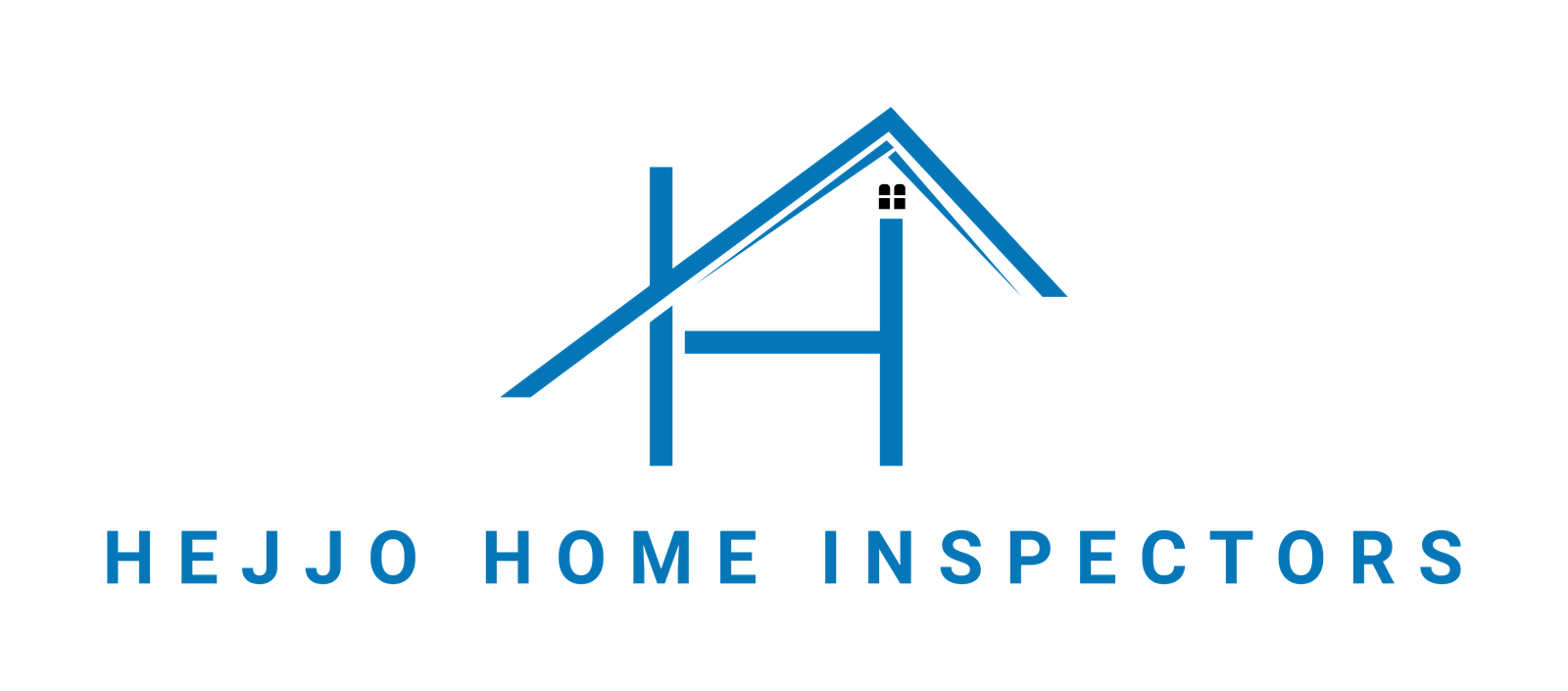Long‑term leases are a key strategy for Canadian property investors who want reliable and steady income. Unlike short‑term rentals, which can be affected by seasonal demand and higher management costs, long‑term agreements offer predictable monthly cash flow and simpler administration. By securing tenants for a year or more, landlords can plan their finances, forecast expenses, and pursue growth with confidence. This stability is especially valuable amid economic uncertainty and rising real estate prices.
A long‑term lease binds a tenant to rent a property for a set period, usually one year or longer. These leases outline rent amounts, possible rent increases, renewal options, and who handles repairs and maintenance. For landlords, this setup reduces the chance of vacancy and turnover costs because tenants stay longer when they know their rent will stay steady. It also cuts down on the time and money spent marketing and preparing units for new tenants.
Canadian Market Trends
In Canada, a growing population and strong demand for rentals make long‑term leases attractive. As of January 1, 2025, Canada’s population reached 41,528,680 people, with a 0.2% quarterly growth rate. Meanwhile, average monthly rents nationwide have risen to about $2,127.
Tax Advantages
Landlords can benefit from tax rules that lower their overall rental income. The Canada Revenue Agency lets landlords deduct costs such as mortgage interest, property taxes, insurance, and routine repairs. They can also spread out the cost of big assets like buildings and appliances over several years through Capital Cost Allowance (CCA). These deductions smooth out tax bills and help improve net cash flow, which investors can then reinvest in property upgrades or expansion. It is important to consult with a tax professional experienced in real estate investments to maximize this benefit.
Choosing the Right Lease Structure
The way a lease is set up affects how risks and rewards are shared.
In commercial real estate, net leases assign different operating costs to tenants, covering things like taxes, insurance, and upkeep. Triple‑net leases shift almost all expenses to tenants, protecting landlords from unexpected cost increases. For residential leases, landlords might tie rent hikes to the Consumer Price Index (CPI) to keep up with inflation during a multi‑year lease; however, this requires careful alignment with the appropriate provincial tenancy laws.
Reducing Risk
Long‑term leases help landlords avoid the high costs that come with finding new tenants and the seasonal vacancies and income variations that short-term models like Airbnbs can experience. Proper tenant screening, including checking credit scores, employment, and references, further lowers the chance of missed rent or property damage.
Maximizing Lease Value
To get the most from long‑term leasing, Canadian investors should manage their portfolios actively. They can spread properties across regions and types to guard against local market slowdowns. Lease terms should balance tenant benefits with landlord needs. Upgrading properties with energy‑efficient appliances, security systems, and modern features not only helps attract and keep quality tenants, but also justifies higher rents while lowering maintenance costs over time.
Smart Financing Strategies
Smart financing can significantly lower borrowing costs and enhance overall profitability for real estate investors.
Programs like CMHC’s MLI Select offer reduced mortgage insurance premiums and extended amortization periods, sometimes up to 50 years, allowing investors to spread their payments over a longer time and improve cash flow. By participating in MLI Select, investors gain access to below‑prime interest rates and higher loan‑to‑value ratios, directly reducing their monthly financing expenses and increasing profitability.
Long‑term leases play a pivotal role in qualifying for these favourable terms. One of MLI Select’s key criteria is an affordability commitment, typically maintaining designated units at or below a set percentage of median market rent for a minimum of ten years, with even greater benefits for twenty‑year commitments.
Demonstrating stable, multi‑year rental income through long‑term leases not only satisfies program requirements but also reassures lenders and insurers of consistent cash flow. In this way, a long‑term leasing model, aligned with affordability and sustainability standards, unlocks specialized financing options.
A Practical Example
If an investor buys a 20‑unit residential building for $2 million, financing 70%, at a 4.75% interest rate amortized over 25 years, and each unit rents for $1,900 per month, the building could generate $456,000 in gross annual income. With operating expenses equal to 35% of gross revenue to cover management fees, maintenance reserves, taxes, insurance, and utilities, the net operating income (NOI) comes to $296,400. Annual mortgage payments on the $1.4 million loan are about $100,000, leaving a pre‑tax cash flow of roughly $196,400. Dividing that annual cash flow by the investor’s equity of $600,000 yields a cash‑on‑cash return of approximately 32.7%
In practice, many investors look to “stabilize” returns closer to the 8% to 12% range, factoring in periods of vacancy, higher-than‑expected repairs, and conservative underwriting. By structuring five‑year leases with 2% annual rent increases, the investor locks in rising cash flows that will help keep pace with inflation and growing operating costs.
Long‑term leases provide Canadian landlords with a tangible way to create stable and predictable revenue. Strong rental demand, beneficial tax deductions, smart financing, and carefully crafted lease agreements all contribute to a resilient investment strategy. With diligent tenant screening, thoughtful lease terms, and targeted property improvements, investors can simplify property management while building a portfolio that weathers economic ups and downs and delivers steady growth.
